To ensure gift delivery by 12/25, please place orders via UPS shipping no later than 12/17.
CloseReach & Match Number Tiles Enhances User Experience
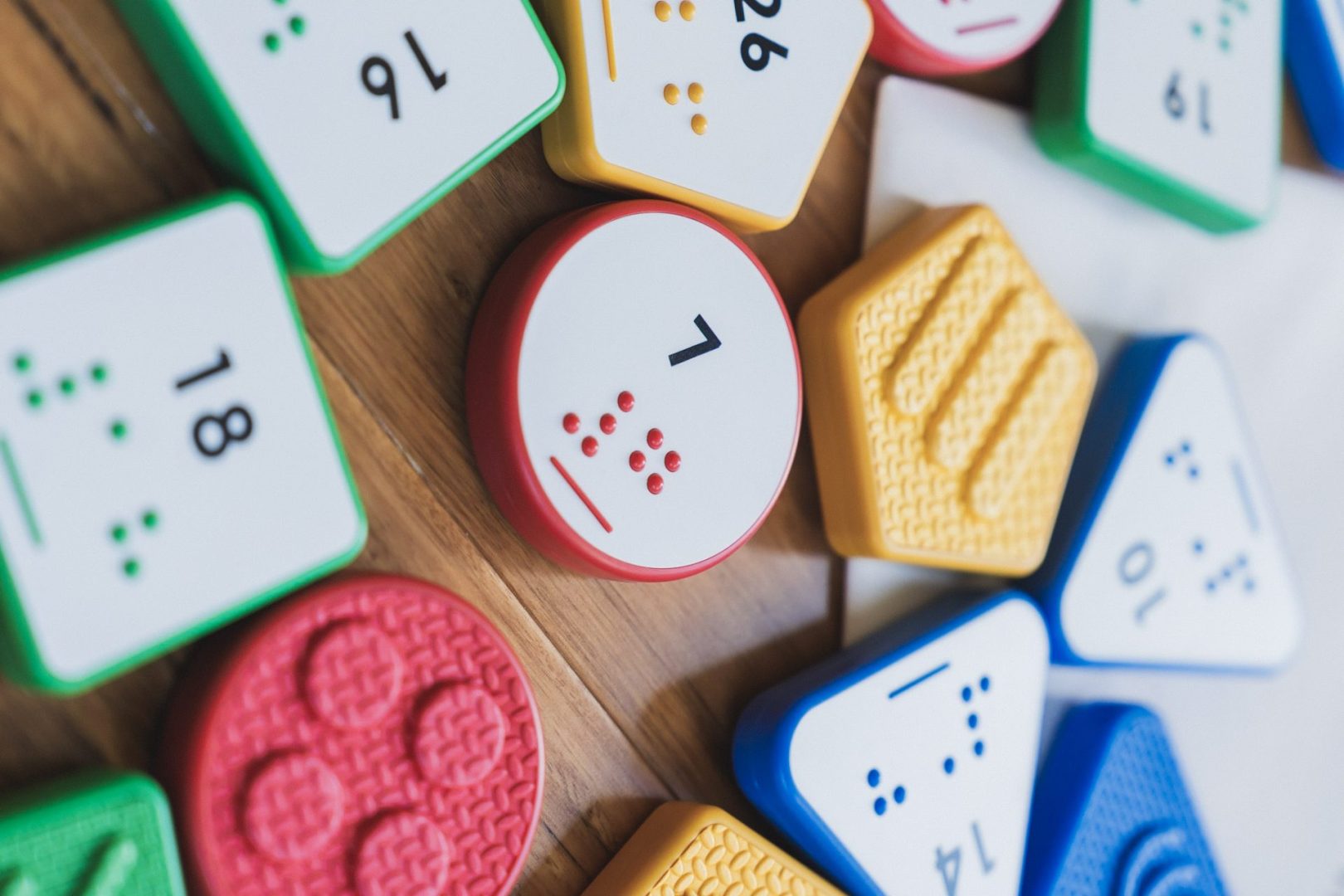
The APH Reach & Match Number Tiles are a product addition to enhance user experience with our Reach & Match Inclusive Education Kit. The kit is a tool for students, parents, and teachers to work in early education with things like textures, patterns, motor development, and braille and print learning. The new Number Tiles partner with the Reach & Match Kit to bring a whole new kind of learning to the experience.
APH is happy to offer two sets of Reach & Match Number Tiles: UEB and Nemeth. The number tile sets are complementary products to the Reach & Match Educational Learning Kit, a product that APH has sold since 2017, and the new Reach & Match Light, a smaller version of the original kit. Each number tile set comes with its own zippered tote bag for easy storage and transport.
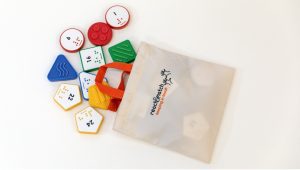
After talking with teachers and braille training specialists who have seen these products at work, APH decided to offer both UEB and Nemeth Code number tiles for Reach & Match, since different codes are used throughout the US, depending on the state. The shape of the Nemeth Code numbers—located in the bottom two rows of a braille cell—is distinct from the shape of UEB numbers, and the Reach & Match’s large, multi-sensory tiles offer a unique way to highlight and explore that difference. The physical differences allow for children to immediately notice the contrasting shapes, and practice sorting. UEB number tiles are effective and appropriate for many things, such as learning simple phrases, (e.g., 2 sisters, 12 eggs, 26 letters), especially when partnered with the Reach & Match Alphabet Tiles.
Children learn to identify and count the braille and print numbers 1 to 26 while learning to touch, feel, and explore tactile textures. Additional learning outcomes include numerical sequencing, sorting even and odd numbers, matching, and active participation.
Teachers who have used these products in classrooms have noticed students taking a new kind of interest in active play. Some students find that because of the tiles’ unique shapes, textures, and sizes, students are having an easier time sorting and noticing patterns. Others are seeing students stretch their physical boundaries to reach for new pieces, and practice holding new types of shapes.
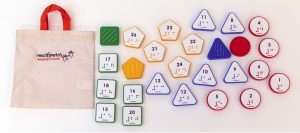
The Number Tiles add a new layer of educational play to a Kit that allows parents and teachers to encourage independent play, while also having the opportunity to jump in and engage in their child’s learning.
Share this article.
Related articles
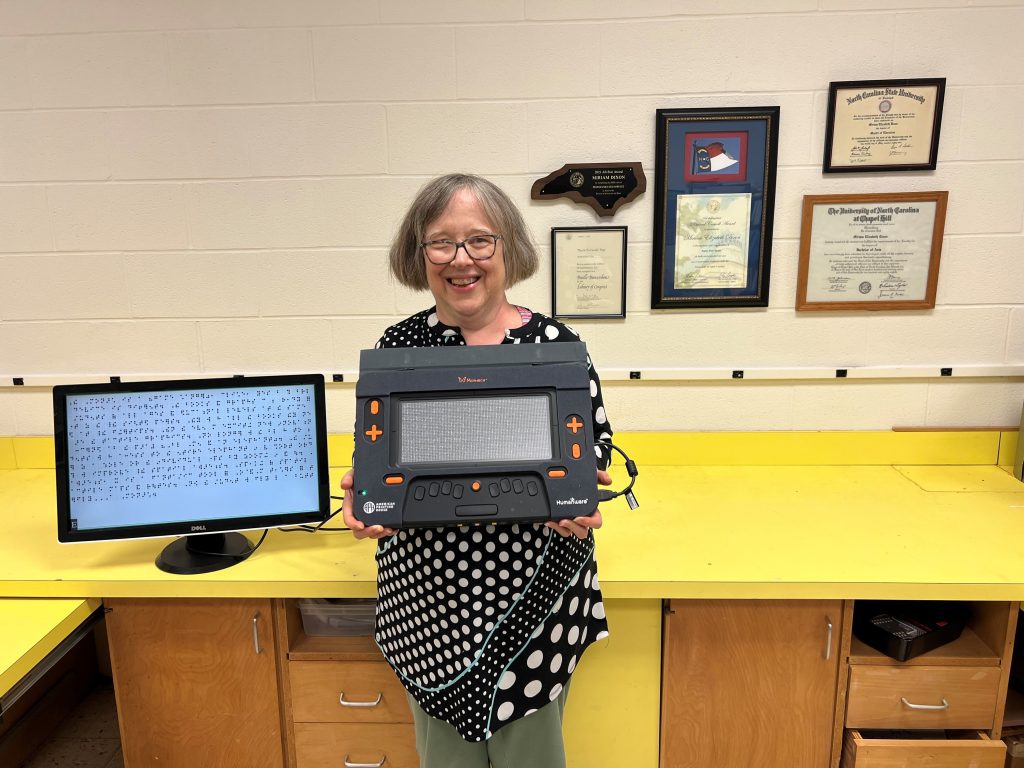
A Fresh Perspective: Teaching Adults who are Blind or Have Low Vision with the Monarch
Orientation and mobility, assistive technology, and independent living skills are vital for adults who are blind or low vision to...

Why eBraille is a Braille-Based Document Type
One of the biggest early questions about eBraille was whether the standard would be print-based, like DOCX or EPUB, or...
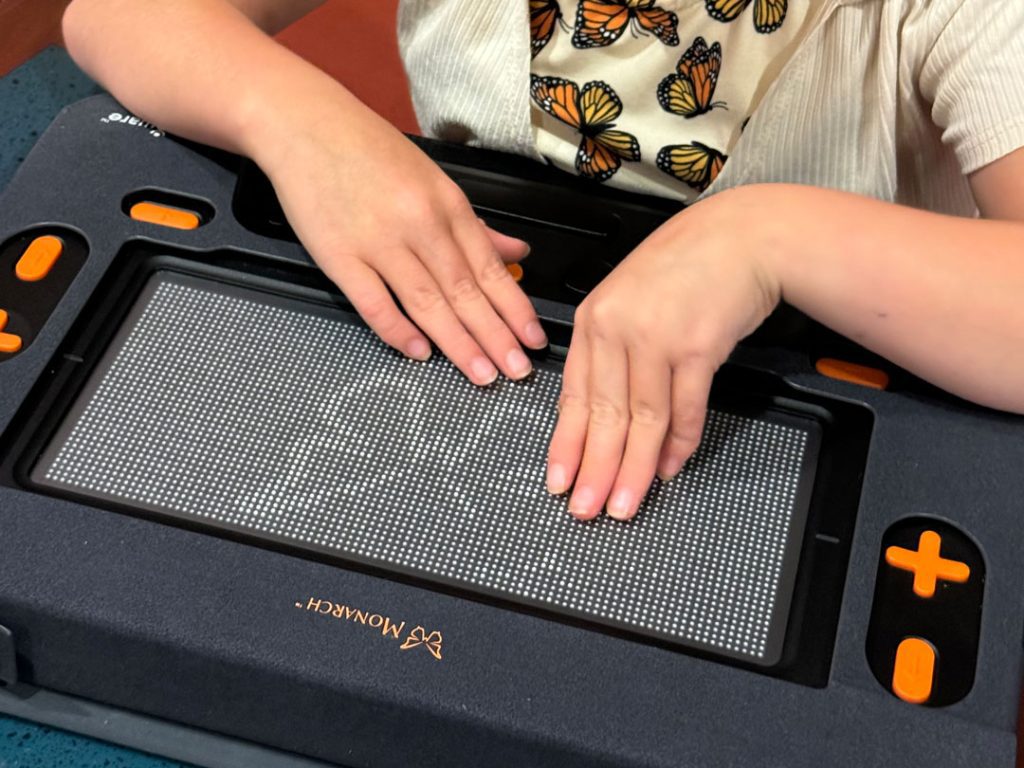
Experience a New Point of View: Learning with the Monarch
Every experience is a learning experience. For students who are blind or low vision, this may include an introduction to...
